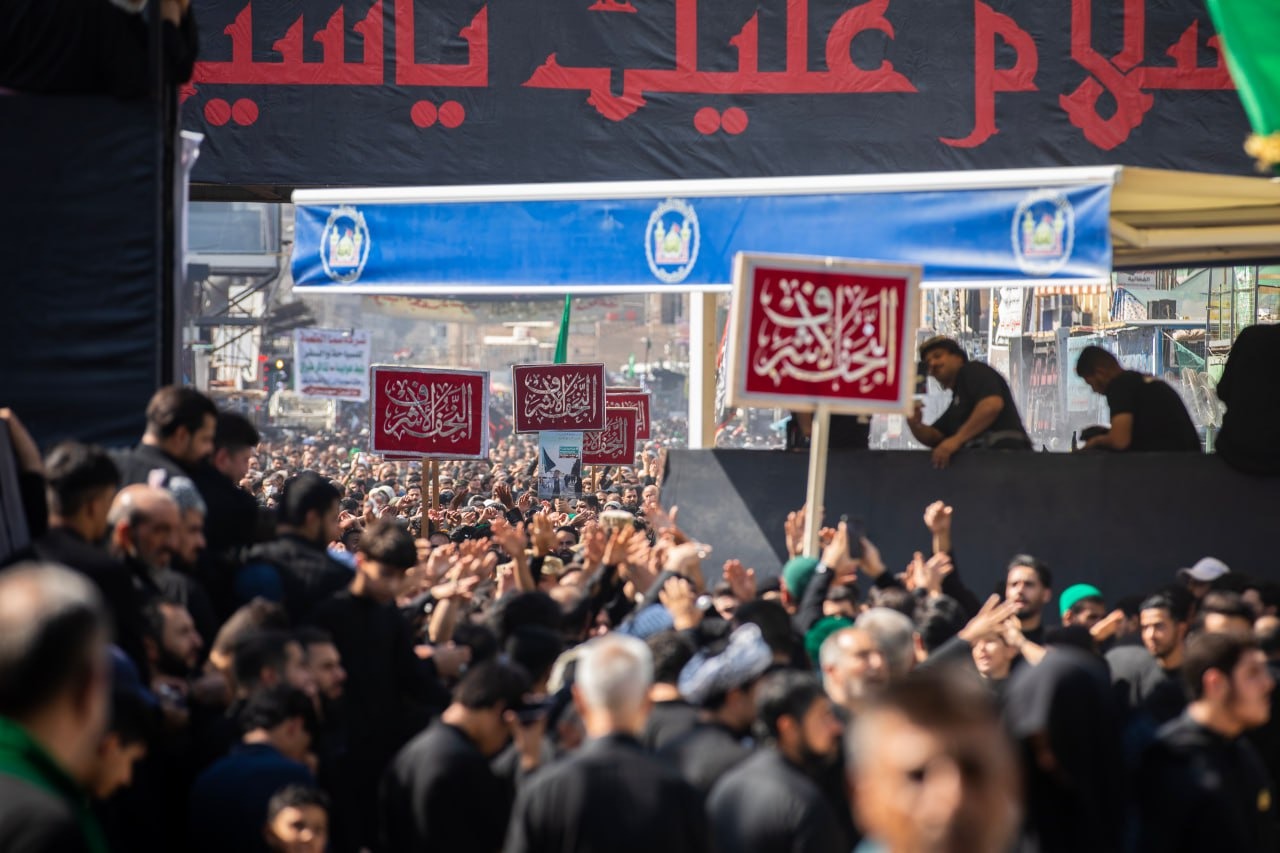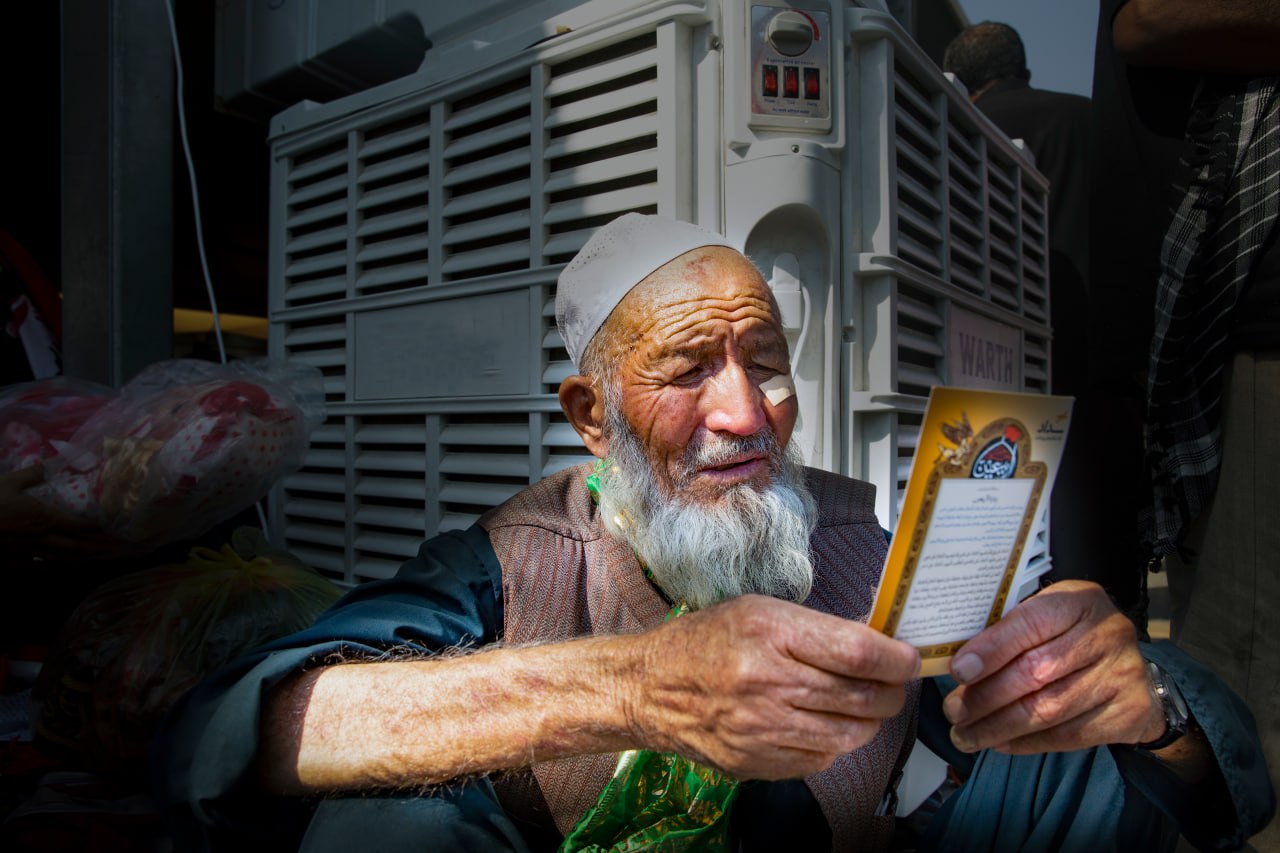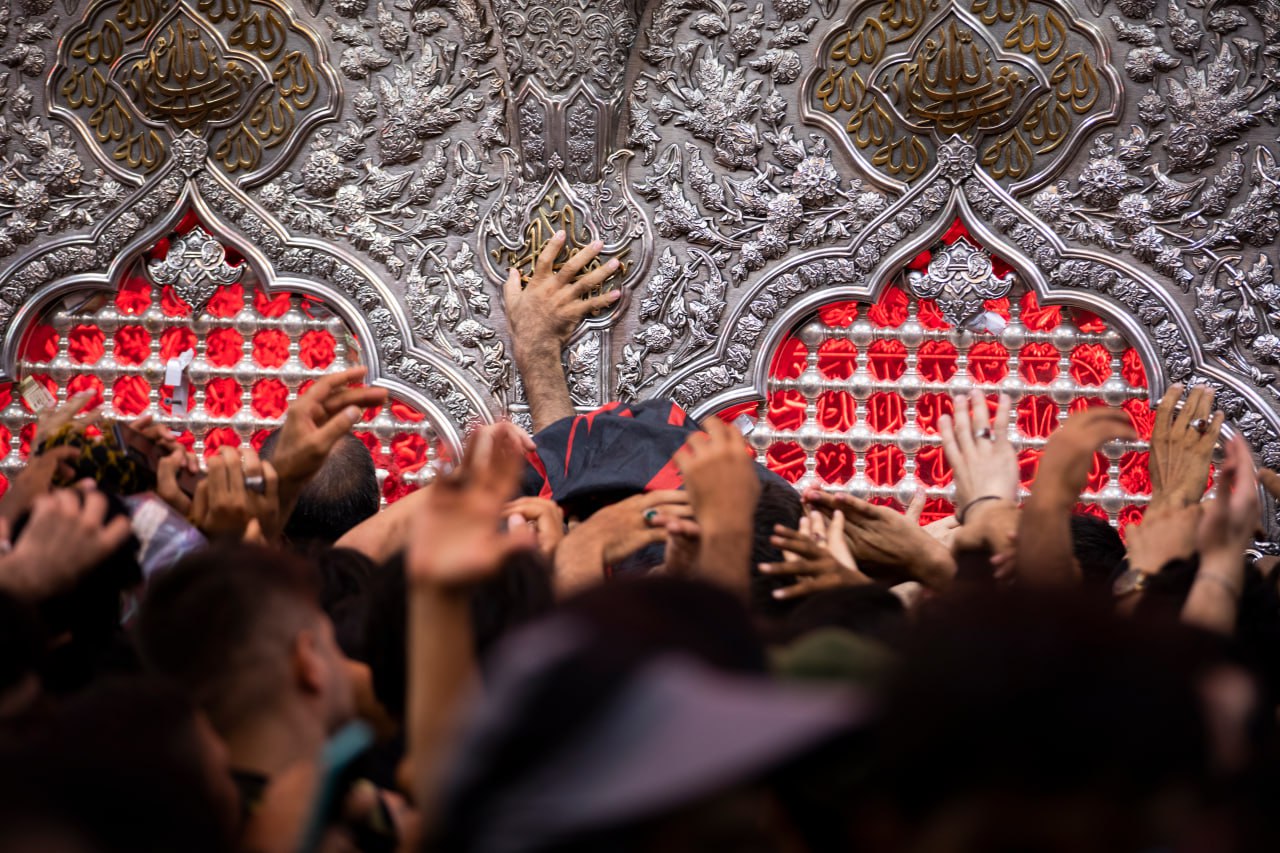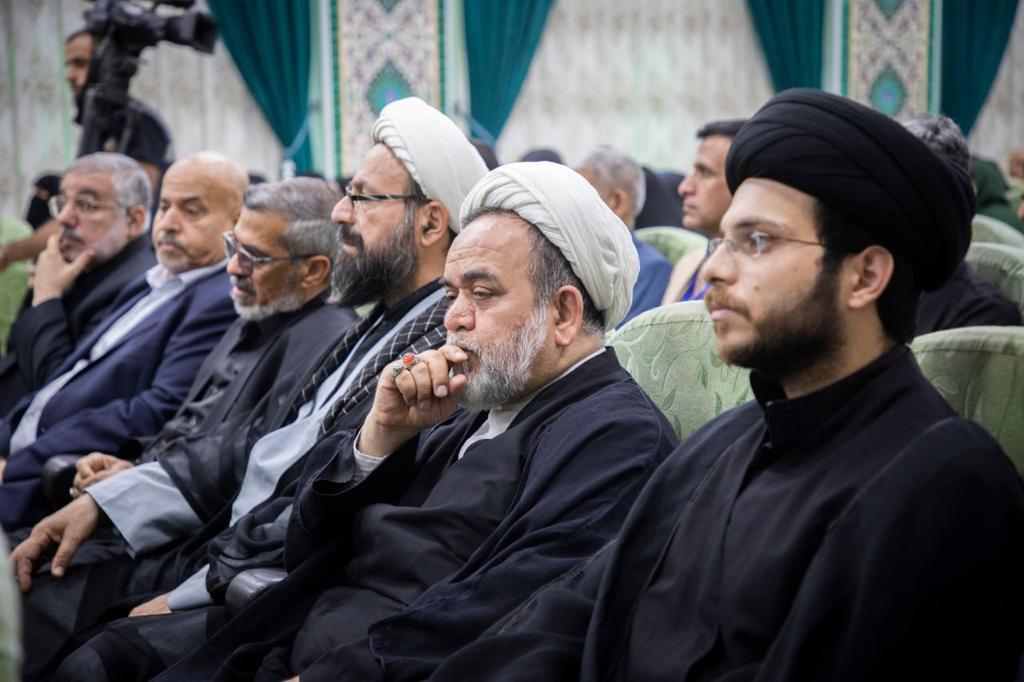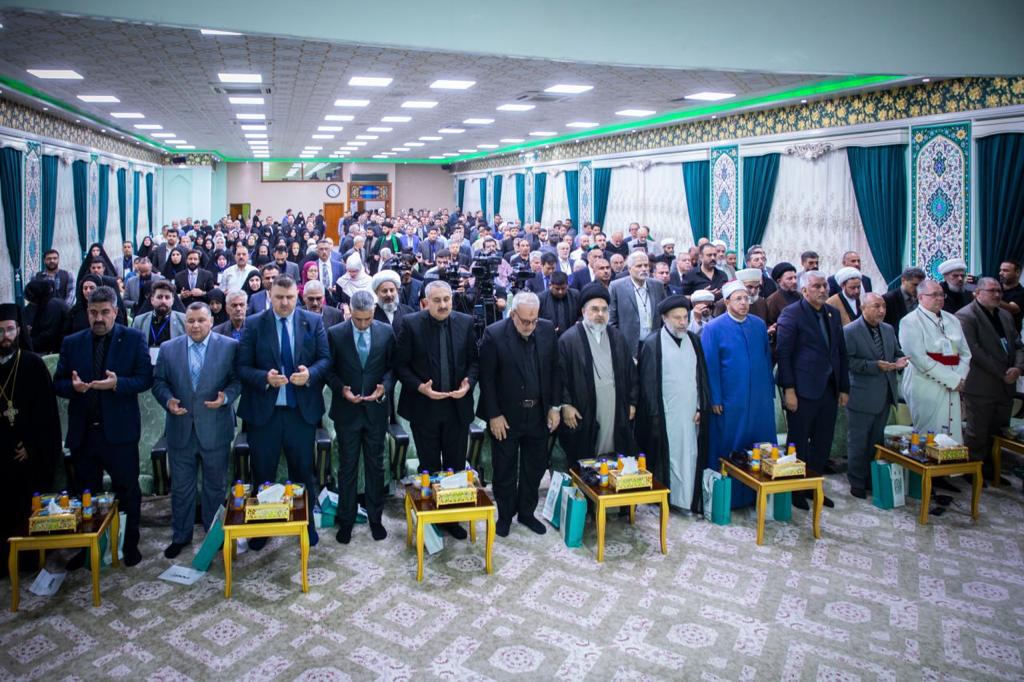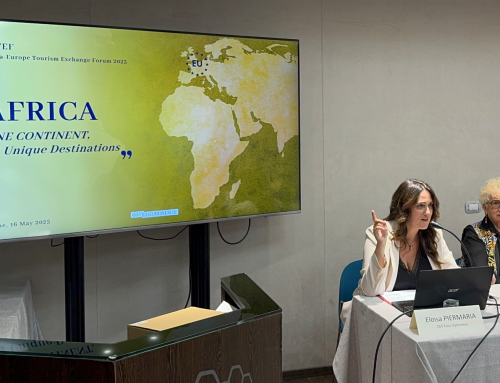The Arbaeen pilgrimage and the extraordinary Iraqi Welcome in the largest gathering in the world
Karbala, September 2023
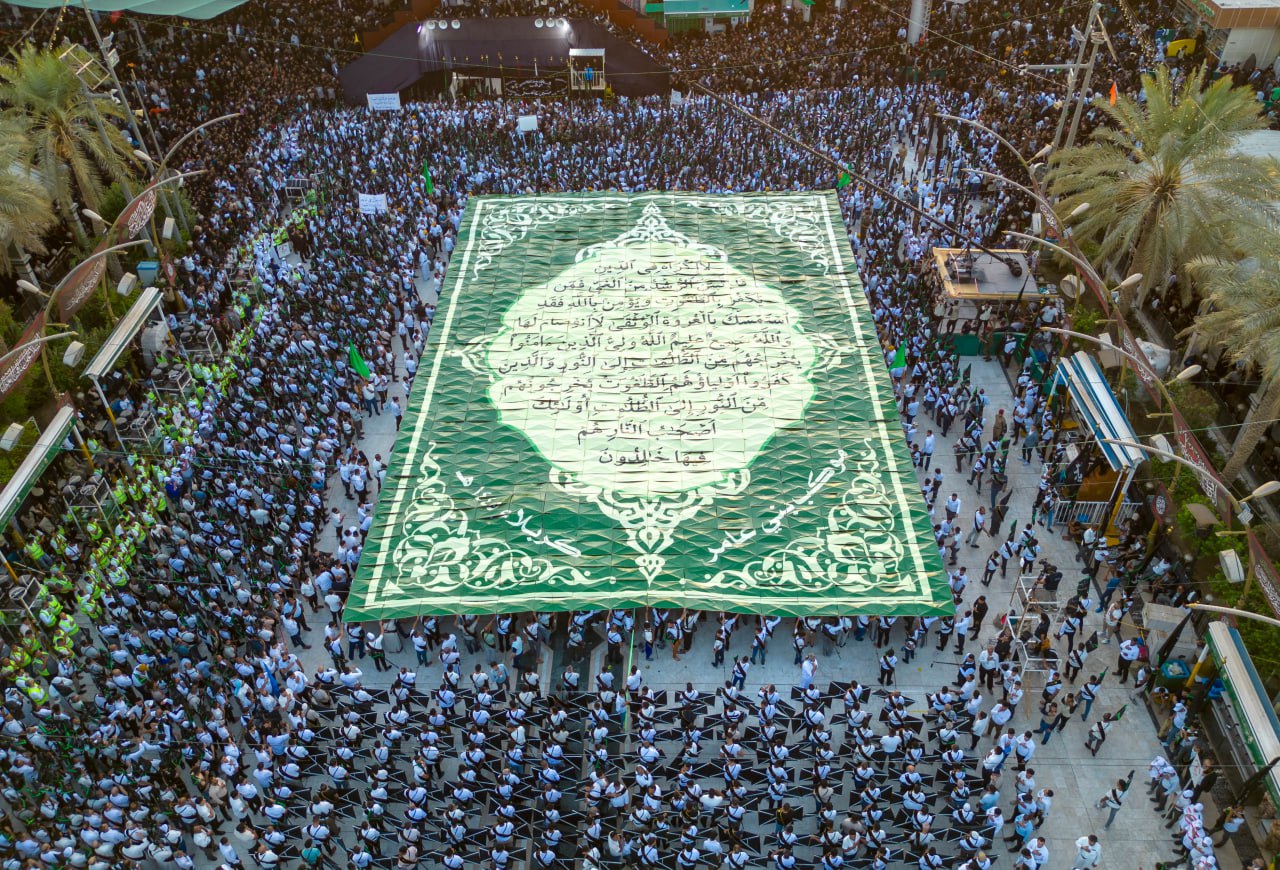
Twenty days of celebrations, attendance from countries around the world and millions of people involved from different cultures, including Shia Muslims, Sunnis, Christians, Yazidis and other faiths.
These are the numbers of the Arba’een pilgrimage, also known as the Arba’een March or the Karbala March.
What is defined as ‘the world’s largest annual gathering’ is held in a different place than the United States, Europe, Asia or India, whose territories are densely populated and highly attractive.
It is held in Iraq.
Every year, millions of believers flock to the country to take part in the pilgrimage to the shrine of Imam Husayn – peace be upon him, as the faithful are wont to refer to him when they mention his name – in Karbala.
The mosque is the burial place of Husayn ibn Ali, the third imam of Shiite Islam and grandson of the prophet Muhammad. The shrine is erected at the site where Husayn accepted martyrdom during the Battle of Karbala in 680 A.D..
It is a pilgrimage site during the 40-day mourning period since his martyrdom, which occurred on the tenth day, known as Ashura, of the month of Moharram.
An event commemorating the return to Karbala of the survivors of the Ashura tragedy, mostly women and children.
Not just a religious journey
The Arba’een march is a confessional appointment, a religious and spiritual journey for pilgrims ready to tackle the many kilometres of the route. Almost 75 kilometres to cover the route starting, for example, from Najaf; about 100 starting from Baghdad.
But some pilgrims also face the 500 kilometres that separate Karbala from Basra, up to the more than 2600 kilometres starting instead from Mashhad, in Iran.
The extraordinary peculiarity of this celebration catalyses the attention of all kinds of people, regardless of their religion, social class or culture.
In Iraq, on the other hand, the Arba’een pilgrimage, also known as Ziara, is voluntary and those who make it do so ‘out of love’, as shared by some pilgrims.
Not only that. It is a real #InternationalVolunteerWorkDay: during the 20-day celebration. In fact, charities, local mosques, volunteers and Iraqi citizens themselves provide those who make the journey with food, accommodation, drinks, medical support, dental care, or even simply an outlet to recharge a mobile phone.
The doors of the Iraqis’ private homes open, tables are shared, and cultures merge under the banner of an emotion capable of uniting even the most distant ones. So that everyone, in the end, can reach their destination.
Also on the front line are the Iraqi authorities, who guarantee this event’s security and smooth running and personally devote themselves to supporting those who participate in the march.
Caring for pilgrims is considered by all to be a religious duty. Husayn ibn Ali is believed to transcend all cultural boundaries and to be a symbol of universal freedom and compassion.
The sense of community
Those who made the journey described it as “of intense piety and community solidarity”.
Thus, the roads leading to Karbala fill with thousands of tents, the mawakeb, where all kinds of support are offered to the marchers, manifesting unity and brotherhood beyond borders and individual affiliations
This event, now increasingly known and attended worldwide, has clearly been affected by the country’s geo-political fragility over the years. Suspended several times since 2003, it has been held with increasing continuity.
It is the clearest example of the generosity and welcome that the Iraqi people reserve to their compatriots, foreign tourists, and anyone visiting the country.
The experience, is defined by those who make the walk, as “surreal” with “oceans” of people, women, and children, marching even with crutches, on wheelchairs, and facing temperatures up to 50 degrees. A real “act of love, sacrifice, altruism, patience, infinite generosity between people of different ages, genders, nations, who support each other economically but also offering massages, or simply cleaning the streets”.
An example of multiculturalism, which “does not make the headlines”, as often lamented by local institutional and religious authorities, and a symbol of closeness and personal participation.
A new Destination
The Shrine of Imam Husayn, is a pilgrimage destination recognisable by its almost 30-metre-high dome wholly covered in gold and surrounded by twelve windows and houses some 65 ornate rooms used for study. A truly architectural marvel enclosed in a wooden boundary wall covered with glass decorations.
The Karbala March is described by pilgrims as a ‘walk to paradise’. It can shorten even the historical distances between Shiites and Sunnis. This pilgrimage mitigates political disagreement and criticism, that a stage of millions of people can represent.
In fact, in the Iraqis’ welcome there is no distinction between pilgrims and tourists arriving from every continent.
Therefore, it is a further confirmation of the deep civilisational roots of Iraq, which, in the triangle of territory that saw the rise of Assyrians, Babylonians and Sumerians, still represents the centre of interreligious dialogue.
The Arba’een March defines the Country as a new World Tourist Destination, with a greater capacity for welcoming and caring for guests than can be imagined. An open and friendly Nation, ready to innovate and nominate its traditions with its more than 15,000 historical sites and its art. A new Destination for religious and cultural Tourism.
Welcome to Iraq.

